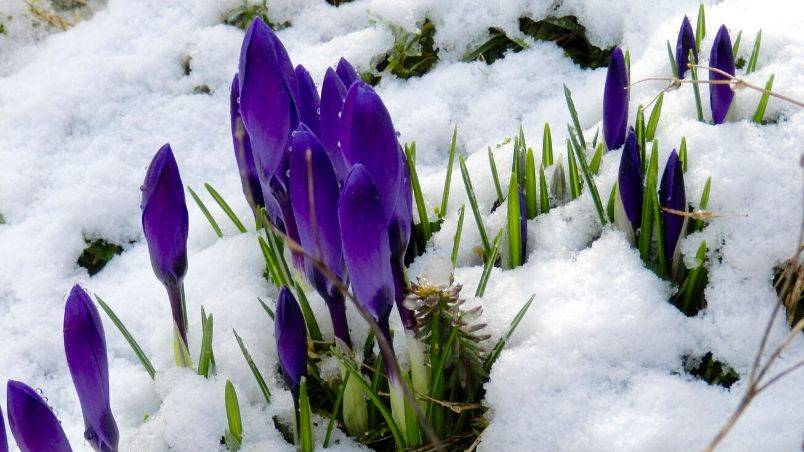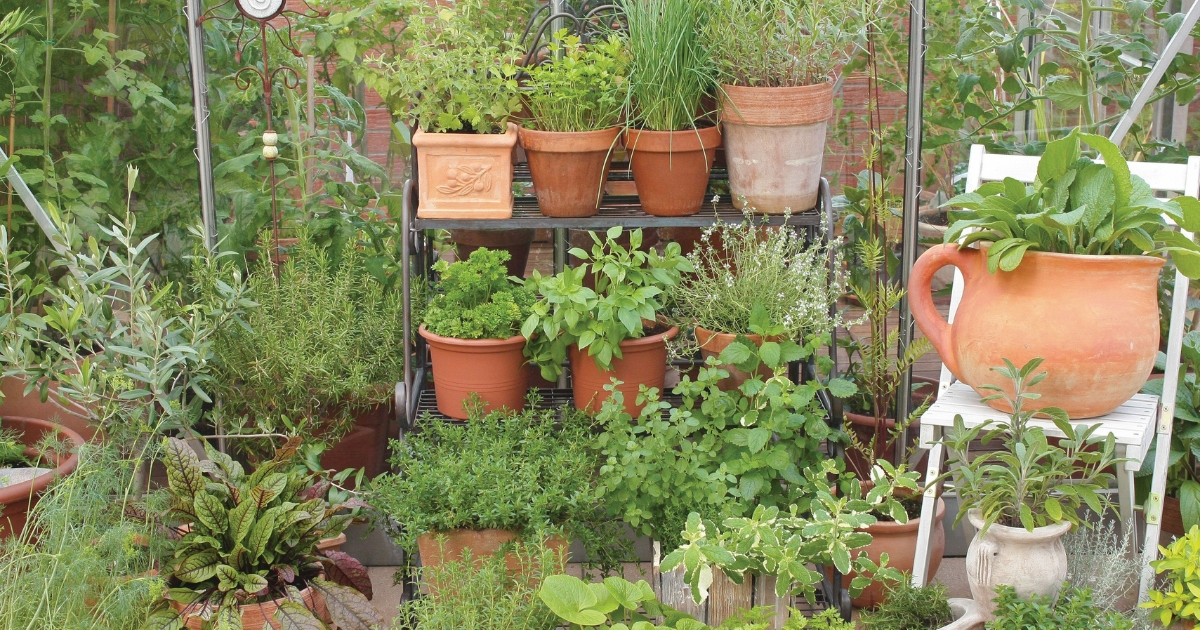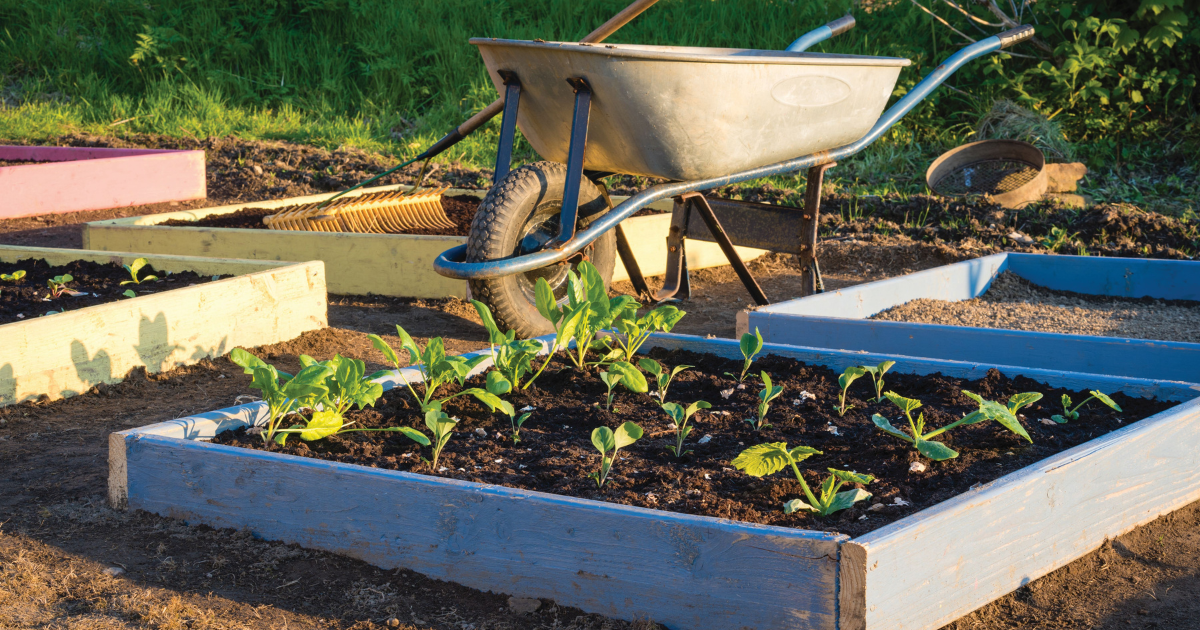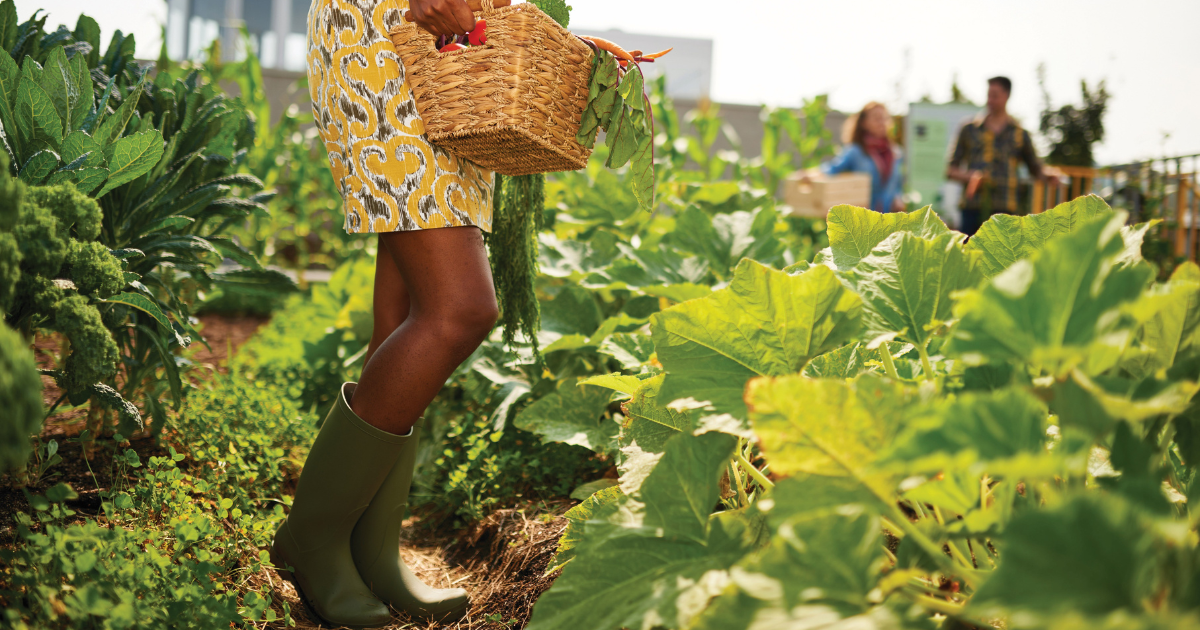The end is in sight. The end of winter as we know it, the chilly West Coast deluge of rain punctuated by rip-roaring storms for months on end, to be specific. Every lengthening, lightening day is leading up to that one glorious, undeniable first day of spring, when the sea air carries a subtle hint of warmth and the fragrance of spruce trees.
By the end of January or definitely by early February, on the westernmost coast of Vancouver Island there is the possibility of hardy snowdrops, which emerge first from their bulbs to pip the purple and yellow crocuses at the post. No matter if a load of heavy, wet snow falls on our island, or hurricane-force winds blast every nook and cranny and rip the limbs off the huge spruce trees in the grove directly north of our station, these graceful white blossoms bob and bend their heads and do not budge, blooming for weeks.

There are still raging late-winter storms to remind us that spring is not exactly imminent, but the rocky terrain between the two mussel shell beaches provides habitat for wild nodding onions, which taste like mild chives and perk up scrambled eggs and sandwiches and salads wonderfully well. There must be an ancient human craving for fresh greens in springtime! The nodding onions on Lennard Island remind me of the wild onions on the Beatton River and Peace River breaks, a.k.a. riverbanks in the Peace River country. They grow amid the Prairie anemones, those lovely mauve crocuses, and the first feathery silvery green fronds of wild sage in early spring there, where I grew up with hundreds of hectares of space and freedom.
We don’t use pesticides on our lawns, so we could clip and steam wild dandelion leaves, but well over a century’s worth of lead paint, mercury and other heavy metals contaminate the soil of this lightstation. We are advised never to use the lawn clippings in our compost bins. So I grow the perennial called Italian endive, which is a domesticated version of the dandelion. Along with this spring bitter green, I grow sorrel, arugula, mizen and several varieties of kale so I can make or augment a lettuce salad, or if it’s a chilly, rainy day, a batch of tasty braised greens. I’ve made a note in my garden journal to buy more lamb’s lettuce, a.k.a. corn salad, a.k.a. mache seeds, as well, for their welcome taste and texture in spring salads.

The winter leeks, Swiss chard, cauliflower and red cabbages are the mainstays of our winter garden, though the fresh greens are more coveted. The fall-planted garlic bulbs all germinate 100 percent and promise us a fine harvest in mid-July. The seaweed we lugged up from the beach in our wheelbarrows and heaped on the raised beds last fall have added their nutrients and, importantly, since we do not have deciduous leaves or lawn clippings to use, their protective use as mulch. In order to keep the beds for the rotating three to four seasons of garden crops in good shape, we also need to mulch heavily so that the beds do not absorb most of the heavy rain that threatens to turn all our soil acidic on the West Coast.
Soon, the March migration of the grey whales from their calving grounds in the lagoons of Baja California, a peninsula off the coast of Mexico, will gladden our days. Overhead, the skies will begin to fill with the northbound brant, cackling and Canada geese and the smaller, amazingly hardy birds who nest in the Arctic tundra. The air around the station will reverberate with the whirring of the rufous hummingbirds who spot our bright pink salmonberry flowers, fuchsia hedges and honeysuckle vines and decide, as they have done for many decades, that Lennard Island is a good place to settle down and raise some kids. The crows have the same idea. Ditto the eagles and fox sparrows.
The winds soften their edges, the skies become more blue than grey, the north Pacific Ocean purrs more than roars. The daffodils pop up all over the place, the traditional golden frilled bonnets and tall, elegant ivory or jaunty two-tone units with dark orange “faces” surrounded by pale yellow hats. I do love daffodils, those cheerful floral equivalents of the ever-reliable robins, who are back and singing their many songs, adding their sweet voices to the dawn chorus of song sparrows and the bass notes of the Pacific tree frogs who are advertising for lady friends from our lily pond and every other freshwater pool on the island. Love, my friends, is in the very air and who can resist? No species I can think of, and rightly so!

Which brings me to the humble rhubarb patch, the pie plant, the first fruit of the year and therefore a homesteader treat, especially when mixed with canned Saskatoon berries or early wild strawberries. Tonight, I will present a strawberry (from the ever-bearing domestics I froze precious bags of in 2018) and fresh rhubarb pie to my beloved, with ice cream for him and custard for me to top it off with. The first rhubarb pie of the season is cause for celebrating. Happy spring to all!

I am a writer, of fiction, poetry and children’s books, living on the Lennard Island Lightstation at the entrance to Clayoquot Sound, near Tofino, BC. I am qualified as an Assistant Lightkeeper and often work relief at this and other lighthouses. The time I have to myself when I am not working has allowed me to complete my novella for children, The Village of Many Hats (Oolichan: 2012), my Canadian Odyssey novel for adults, Penny Loves Wade, Wade Loves Penny (Oolichan Books: 2010), and my children’s book, Singing Away the Dark (Simply Read Books; illustrated by Julie Morstad: 2010). In September 2015, after seven years of living and working at more than a dozen B.C. lighthouses, Harbour Publishing will release my first book-length non-fiction work, Light Years: Memoir of a Modern Lighthouse Keeper.











